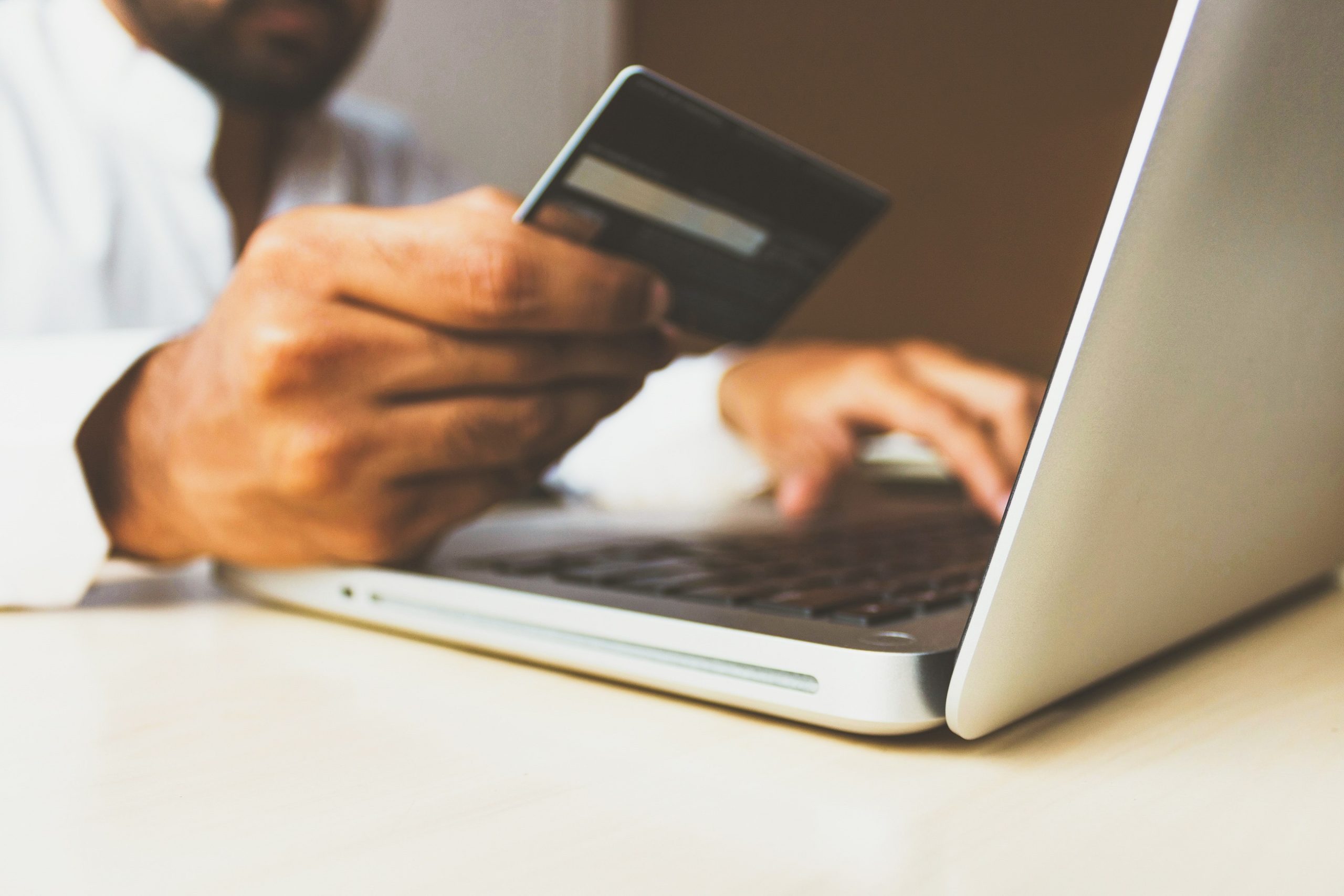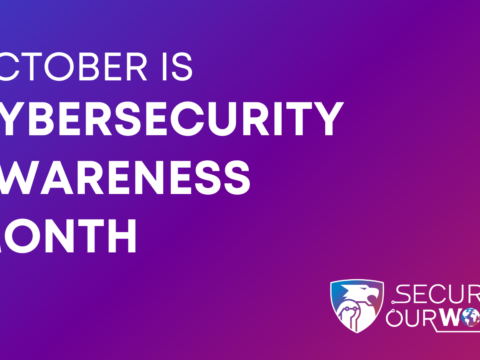Welcome to March and welcome to the March newsletter!
The arrival of March means all kinds of things are happening. Daylight savings time starts on the 8th, spring break follows not far behind that, we celebrate St.Paddy’s day, and spring is around the corner, but it might snow before that happens. Don’t believe me? Ask those of us who were here in 1993 about the BIG March snow…or don’t…you might make us feel old.
We’re two months removed from the holiday shopping season, but there’s ALWAYS online shopping happening, so check out this information from EDUCAUSE about protecting electronic payments.
Online sales in the United States grew to a record high of nearly 19 percent during the 2019 holiday season. At the same time, the convenience of using credit cards and other electronic payment services is compelling consumers to rapidly reduce their use of cash. The 2019 Diary of Consumer Payment Choice report shows that cash is used about 50 percent of the time for in-person transactions under $10 (for things like lunch or coffee). For larger purchases of $25 or more, cash is used only 10 percent of the time. Cybercriminals are taking advantage of the increase in electronic payments. According to the 2020 Cybersecurity Report from Check Point Research, mobile banking malware attacks increased 50 percent from 2018 to 2019. Here are some tips to help you safely use electronic payment sites.
- Verify websites before entering important information. Clicking on a link may not take you where you expect to go. When shopping, banking, or making payments online, manually type in the website name (e.g., chase.com) instead of clicking on links in an email, social network post, or text message.
- Look for deceptive emails and texts. Your bank or electronic payment processor won’t ask you to provide personal information or passwords via email, but scammers will. Watch this Consumer Reports video for examples.
- Ignore phone calls from unknown and unfamiliar numbers. If you receive a phone call from someone who is urgently asking for money, there’s a good chance it’s a scam. Most of these calls can be safely ignored, but if you want to check, search for the organization’s website and find out for yourself. Don’t be rattled by threats over the phone.
- Look for the lock icon in your browser. The lock icon in the address bar of your web browser shows that the website you’re visiting sends data in encrypted form. Never send money or pay for goods on a site without this important safeguard.
- Public computers aren’t for private information. The computers in a hotel lobby or a public library may have a virus that records your activity, including any passwords you enter. Shop and make electronic payments only on a computer that you control.
- Don’t use free Wi-Fi when making an electronic payment. The open nature of free Wi-Fi at cafes, airports, and other public venues makes it possible for others who are on the same Wi-Fi network to spy on your activities. If you cannot wait for another time to do your banking, use a VPN when using free Wi-Fi.
- Consider getting a credit card just for electronic payments. If you decide to get a credit card or online account just for electronic payments, make sure the credit limit or available balance is low. This can protect you from a large loss due to online fraud.
- Review your transactions regularly. Online banking allows you to check your account quickly and easily. Take time each day or each week to quickly review electronic payments. If you see charges you don’t recognize, notify your bank or payment application vendor (e.g., Venmo, PayPal, or Apple Pay) as soon as possible.
- Check your credit reports to help spot fraud. Credit reporting services Experian, Equifax, and TransUnion are required to provide you with a free credit report once per year, so try to check one report every four months.
We depend more and more on electronic payments, so lets be sure to protect them.
There will be a LunchITS during March, it’s just not scheduled yet, so check back on the site to find out when it will happen. It will be on account security, covering passwords, password managers, and multi-factor authentication. If any of that sounds unfamiliar, then this one-hour training session is for you!
Security awareness posters will go out this week! Be looking for them in residence halls, Krannert, and college offices.
Check here on this site on the front page for some new data breach announcements. There are three (currently) and they should be posted by Wednesday.
If you’re not following Berry OIT on Facebook (@BerryCollegeOIT), Twitter (@berryoit), or Instagram (@berrycollegeoit), you should be, as more information from OIT and specifically Information Security, will be provided using these outlets. Remember you can always check back here for warnings about current phishing emails, confirmations of valid emails you might have a question about, and data breach notifications. There’s also the Q&A section, where you can ask a question and get an answer directly from me, and the events calendar where events like tables in Krannert and LunchITS will be posted.
Photo credit: Photo by rupixen.com on Unsplash

 March News from Information Security
March News from Information Security


 October News from Information Security
October News from Information Security

